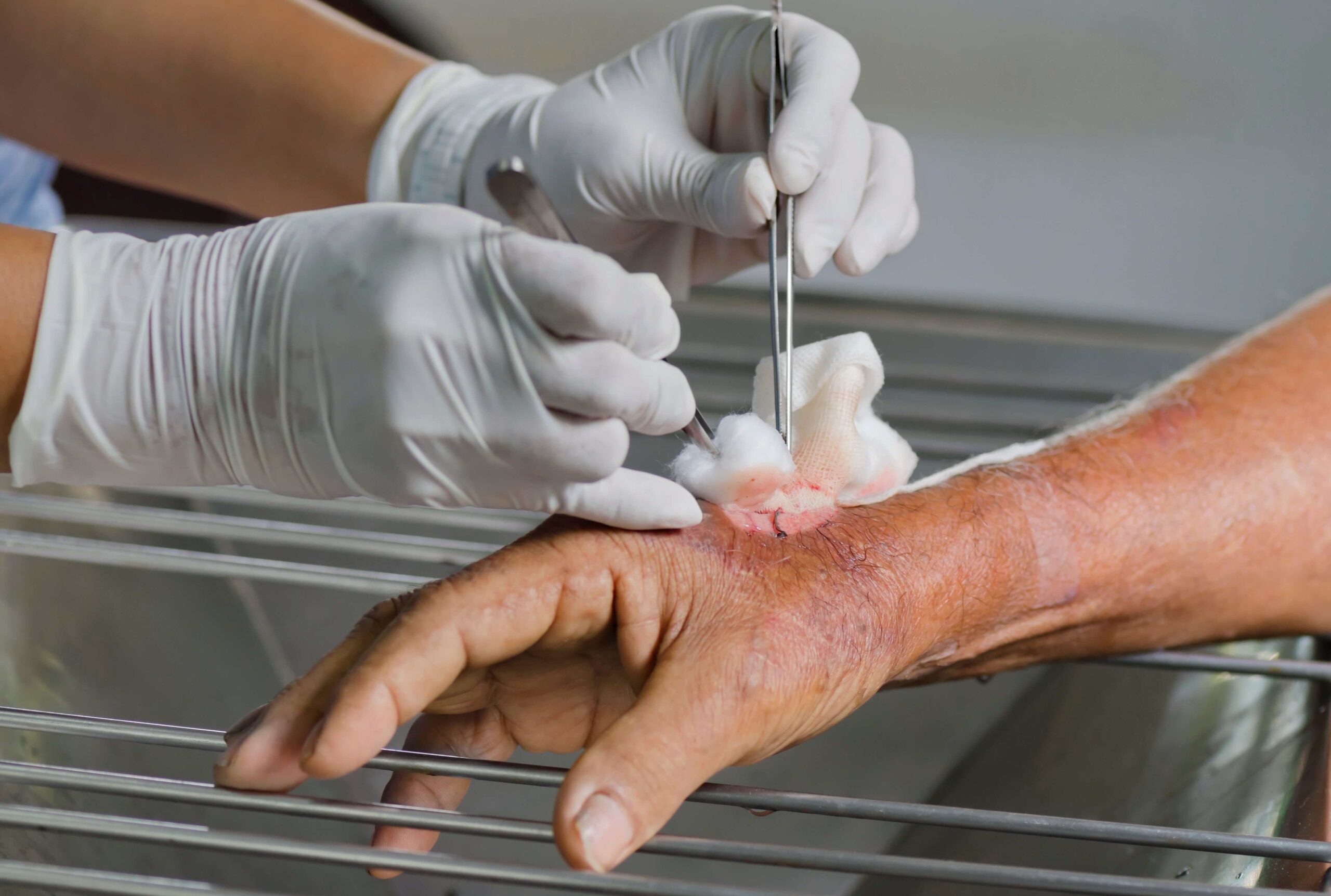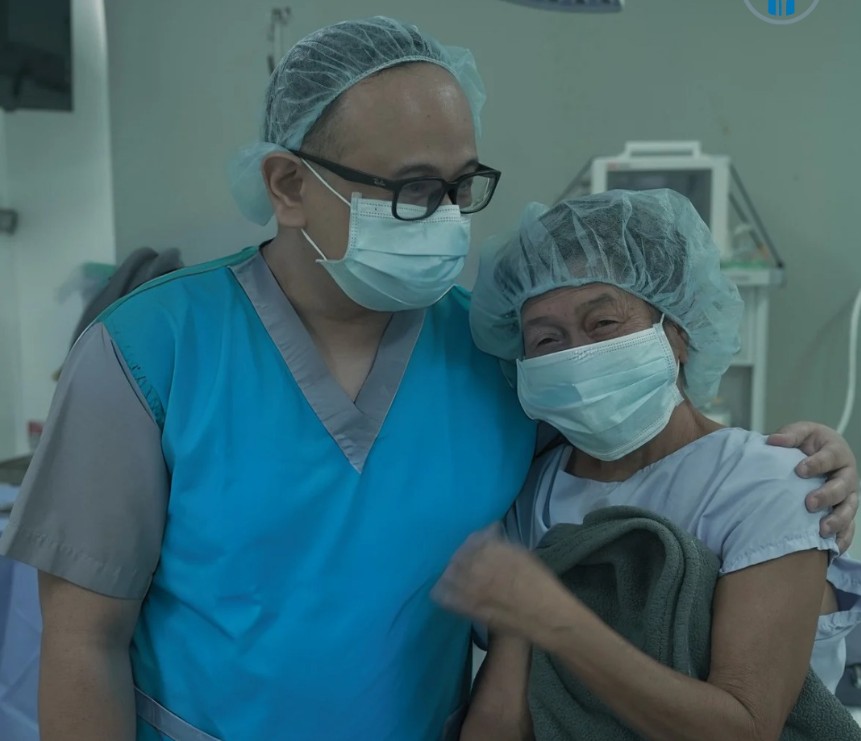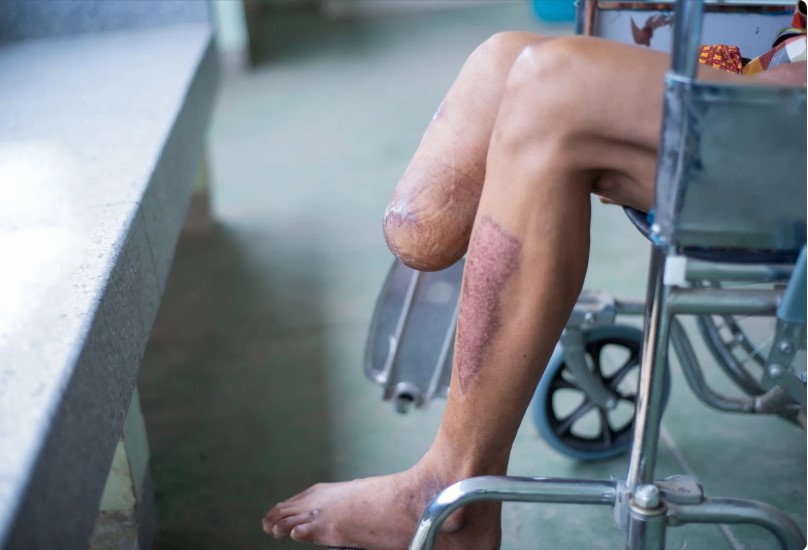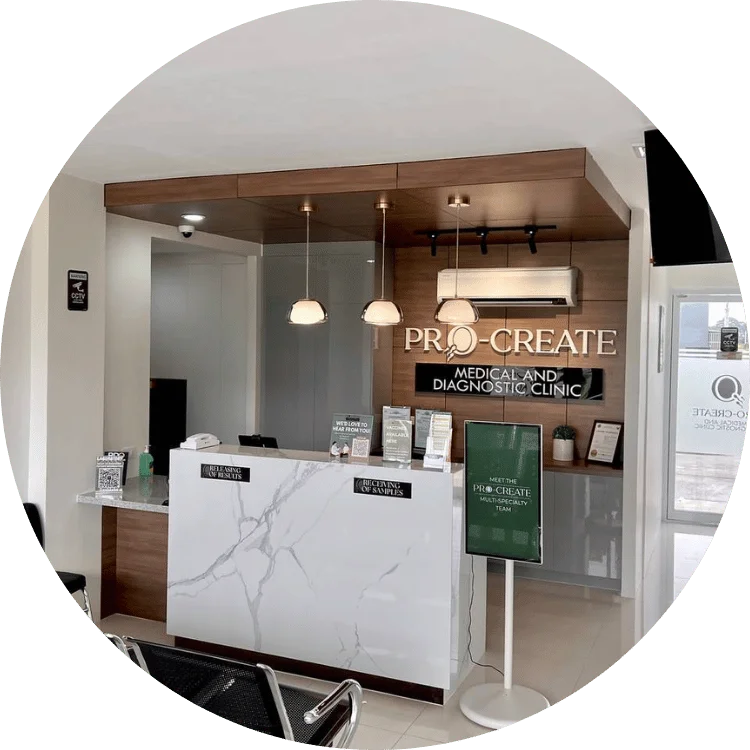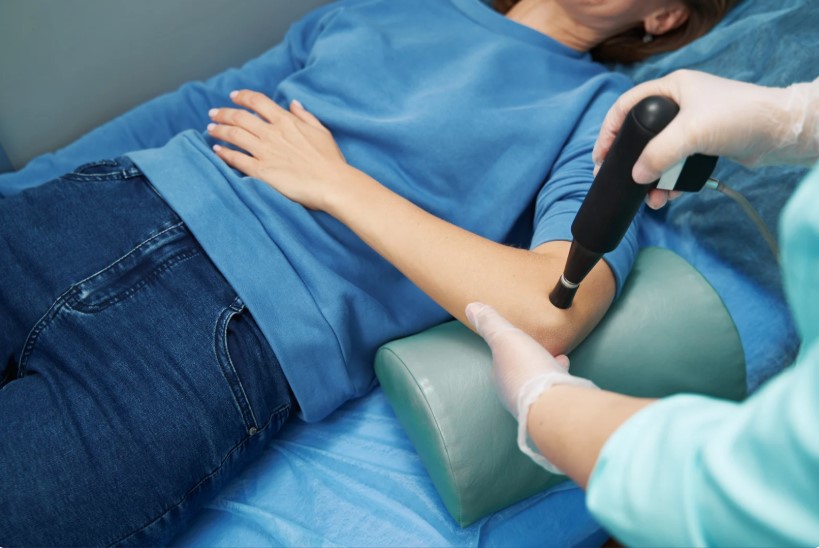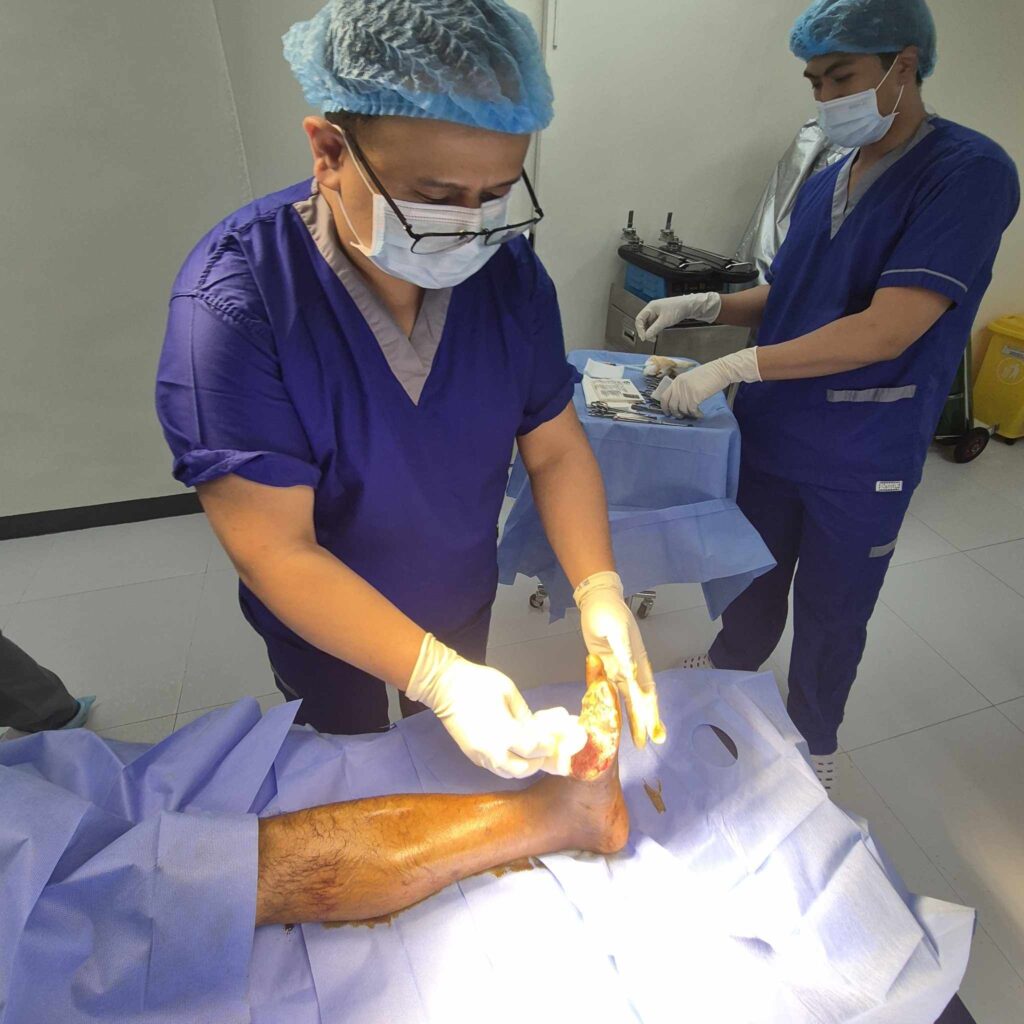What Are Wound Debridement Services?
Wound debridement services involve the medical removal of dead, damaged, or infected tissue from a wound to help it heal properly. This process is critical for preventing complications and promoting healthy tissue regeneration. Dead tissue can trap bacteria and slow down the body’s natural healing process, making debridement a necessary intervention in many cases. These services are especially important for people with chronic conditions that impair healing, such as diabetes or poor circulation. Medical professionals assess each wound individually to determine the best debridement technique based on wound type, depth, and infection status. The goal is to create an optimal environment for tissue repair and reduce the risk of systemic infection. Wound debridement is a vital component in the overall care plan for individuals with non-healing or slow-healing wounds.
Why Timely Debridement Is Essential for Healing
Timely debridement plays a key role in preventing infections and complications associated with open wounds. The longer necrotic tissue remains, the higher the risk of bacterial growth, which can spread and lead to severe medical conditions like sepsis or osteomyelitis. For people with compromised immune systems or poor circulation, waiting too long to initiate wound care can be life-threatening. Rapid removal of dead tissue also helps clinicians assess the wound bed more clearly and apply suitable dressings or treatments. Studies have shown that early intervention in chronic wounds can significantly reduce healing time and improve outcomes. Patients who receive timely wound debridement services are also less likely to experience extended hospital stays. Timely treatment leads to better pain control, quicker recovery, and reduced long-term care costs.
Methods Used in Wound Debridement Services
There are several debridement techniques used based on the condition and type of wound. Mechanical debridement involves the physical removal of debris using wet-to-dry dressings, irrigation, or wound cleansing tools. It is commonly used for superficial wounds but can be uncomfortable. Surgical debridement is a more aggressive method that requires trained healthcare providers to remove necrotic tissue using surgical instruments. This is often necessary when infections are severe or when deep tissues are involved. Autolytic debridement allows the body to break down dead tissue naturally through the use of moisture-retentive dressings. This method is less painful and ideal for patients who can tolerate slower healing. Enzymatic debridement uses topical agents that selectively digest necrotic tissue without harming healthy tissue, making it suitable for patients with sensitive skin. Biological debridement is less common but effective, using sterilized larvae to consume dead tissue and disinfect the wound. Each method has its own set of benefits and risks, which is why proper evaluation by a wound care specialist is essential.
Who Performs Wound Debridement Services?
These services are carried out by medical professionals who specialize in wound care. Wound care nurses, physicians, podiatrists, and surgeons are commonly involved, depending on the wound’s severity. In outpatient clinics, certified wound care nurses may perform the procedure under the supervision of a physician. Hospital-based teams are often multidisciplinary, involving infectious disease experts, nutritionists, and physical therapists. Home healthcare services can also provide debridement for patients who are immobile or prefer to receive care in their own environment. Regardless of the setting, thorough training and certification in wound management are essential for anyone performing debridement. The ability to recognize early signs of infection and select appropriate debridement methods ensures that patients receive the best possible care. Trusting a qualified provider reduces complications and promotes a faster return to health.
What to Expect During a Wound Debridement Session
Patients undergoing wound debridement can expect a structured and careful procedure. The process usually begins with a wound assessment to determine the type and extent of tissue that needs removal. Pain management is a key component, and clinicians may use topical anesthetics or local anesthesia depending on the method used. During the procedure, the clinician removes dead tissue while preserving as much healthy tissue as possible. The wound is then cleaned and dressed with sterile materials to promote healing. Patients are given instructions for home care, including how to keep the wound clean and what signs of infection to watch for. Follow-up visits are typically scheduled to monitor progress and perform additional debridement if needed. Open communication with the care team helps patients feel more comfortable and confident throughout their healing journey.
Conditions Often Requiring Wound Debridement Services
Several types of wounds frequently require debridement to ensure effective healing. Diabetic foot ulcers are a common example, where poor circulation and nerve damage lead to slow-healing wounds prone to infection. Pressure sores or bedsores, which result from prolonged immobility, often contain necrotic tissue that must be removed. Post-surgical wounds may become infected or fail to heal properly, necessitating debridement for recovery. Traumatic injuries, such as cuts, burns, or crush injuries, can introduce debris and dead tissue that impede healing. Venous ulcers, which occur due to poor blood flow in the legs, often benefit from regular debridement as part of their management. Each of these conditions presents unique challenges that wound debridement services are designed to address. Identifying and treating these wounds early helps prevent severe complications and promotes better health outcomes.
How to Know If Wound Debridement Services Are Needed
Recognizing when to seek professional debridement is crucial for both patients and caregivers. Signs that may indicate the need for wound debridement include a foul odor, presence of yellow or black tissue, increased drainage, and delayed healing. Pain, swelling, and redness around the wound may also suggest underlying infection or necrosis. Wounds that remain stagnant despite regular dressing changes often benefit from a professional evaluation. Over-the-counter treatments are rarely sufficient for infected or chronic wounds. Healthcare providers use diagnostic tools and visual assessments to determine if debridement is necessary. Seeking help early ensures that the wound is managed appropriately and reduces the likelihood of serious complications. Regular check-ups and wound assessments are vital for anyone with a history of chronic wounds or conditions like diabetes.
Benefits of Professional Wound Debridement Services
There are many advantages to receiving wound debridement from trained professionals. Removal of dead tissue accelerates the healing process and minimizes infection risk. Clinical care teams use sterile techniques and specialized tools that are not available for home use, ensuring a higher standard of treatment. Faster healing also reduces discomfort and allows patients to return to normal activities sooner. When wounds heal efficiently, there is less risk of long-term scarring or the need for additional medical interventions. Patients receiving professional care are also educated about wound management, which empowers them to prevent future problems. Ongoing monitoring ensures that any complications are addressed promptly. This comprehensive approach improves outcomes and supports overall well-being.
Costs and Insurance Considerations
Understanding the financial aspect of wound debridement services is important for patients and caregivers. The cost can vary widely depending on the method used, provider expertise, and setting in which the service is delivered. Surgical debridement in a hospital is typically more expensive than outpatient or home-based care. Many insurance plans, including Medicare, cover wound care services when they are deemed medically necessary. It’s essential to check with your provider to understand your specific coverage and any out-of-pocket expenses. Clinics often offer payment plans or financial assistance for those without insurance. Proper documentation from your healthcare provider can support claims and minimize denials. Investing in timely wound care can help avoid costly complications down the line. Being informed about your options ensures that financial concerns don’t delay necessary treatment.
Choosing the Right Provider for Wound Debridement Services
Selecting the right wound care provider can significantly impact healing outcomes. Start by asking your primary care doctor or specialist for recommendations. Look for providers with credentials in wound care and experience treating similar wound types. Facility reputation, cleanliness, and availability of advanced treatment options are also important. Don’t hesitate to ask about treatment plans, follow-up schedules, and how emergencies are handled. Patient reviews can offer insights into the provider’s communication style and care quality. Choosing a clinic or specialist that values personalized treatment ensures that your specific needs are met. Feeling confident in your care team can reduce anxiety and improve your healing experience.
Frequently Asked Questions (FAQ)
Q1: Is wound debridement painful?
A1: Some methods may cause discomfort, but pain management is available. Topical or local anesthetics are commonly used to minimize pain.
Q2: How long does it take for a wound to heal after debridement?
A2: Healing time varies depending on wound severity and overall health, but debridement typically speeds up the process significantly.
Q3: Can I get wound debridement services at home?
A3: Yes, certain types of debridement can be performed by home healthcare professionals for patients who are unable to visit clinics.
Q4: How do I care for my wound after debridement?
A4: Follow your provider’s instructions closely. This may include regular dressing changes, keeping the area clean, and monitoring for signs of infection.
Q5: Are there risks involved in wound debridement procedures?
A5: Like any medical procedure, there are risks such as bleeding or infection, but these are minimized when performed by trained professionals.

